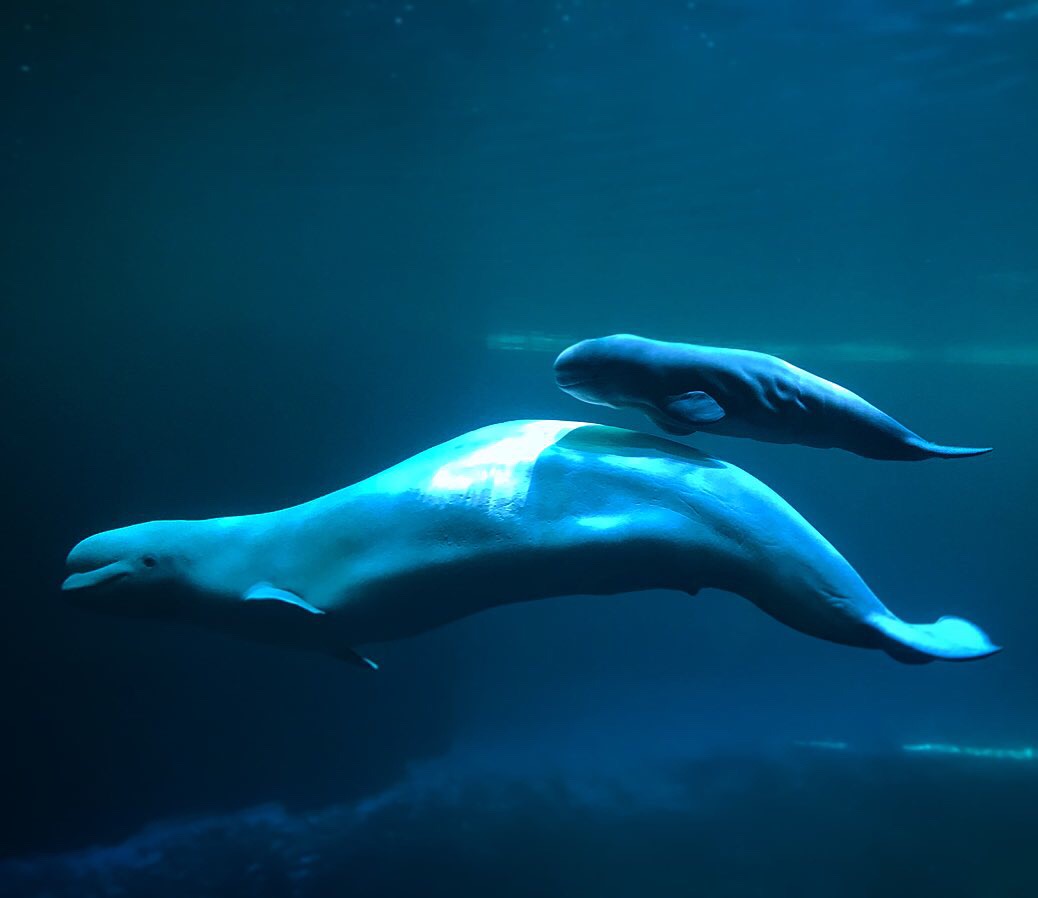- Why go to the zoo? - 28/02/2020
- Fulbright to the Frozen Zoo - 06/12/2019
- Lightning Strikes at TCD - 08/11/2017
What is a Frozen Zoo©? Why do we need them? What species should we keep in them? From January to June this year I was lucky enough to travel on a Fulbright Irish Student Award to the San Diego Zoo Institute for Conservation Research to try and answer these questions.
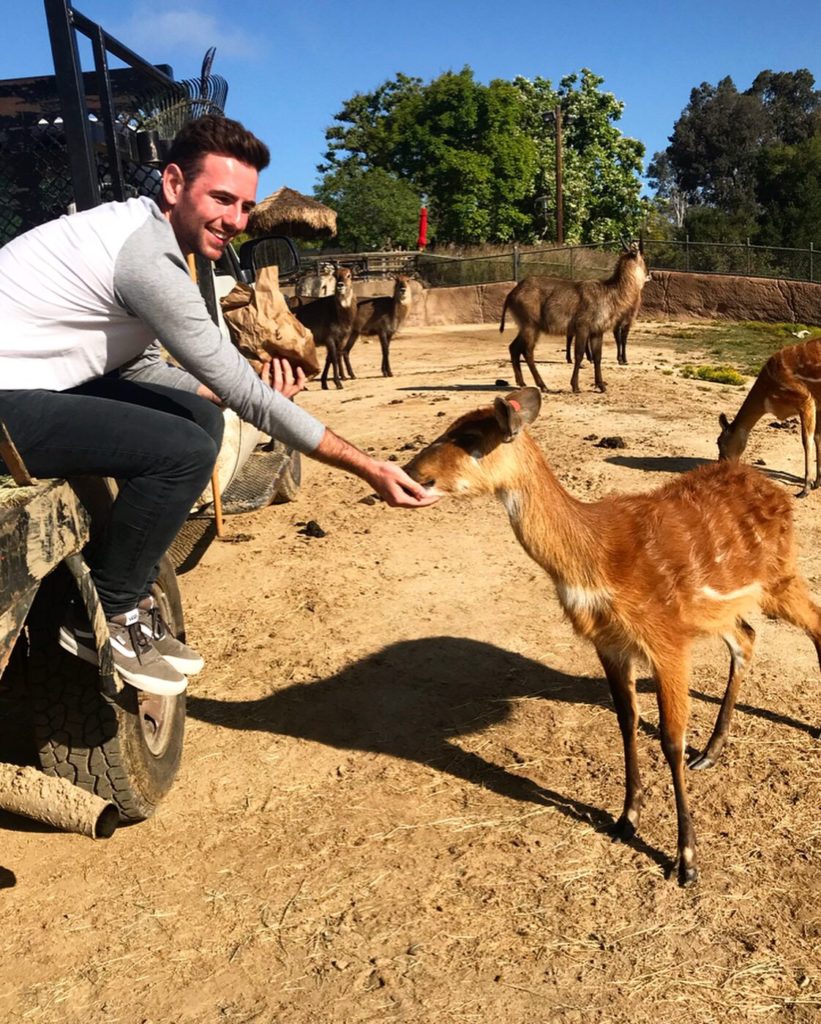
To put it simply, a Frozen Zoo© is a collection of living cells from different species which have been preserved and frozen, this is often termed biobanking. These cells can later be thawed and used to help conservationists by introducing genetic variation into existing wildlife populations or for a plethora of other scientific endeavours that require DNA from wild animals.
Bear with me, I swear! The Hawaiian Crow (Corvus hawaiiensis) is an ‘Extinct in the Wild’ corvid that has suffered from a genetic bottleneck and resulting inbreeding depression. In the late 1990’s this bird numbered fewer than 20 individuals, but thanks to the efforts of zoos like the San Diego Zoo, the population now stands at 114 birds. San Diego Zoo scientists found that embryonic survival is strongly negatively correlated with the degree to which an individual is inbred. They have been managing this population to limit inbreeding by prioritizing genetically valuable and under-represented individuals. This influx of ‘new’ genetic material can potentially result in better survival and reduced genetic defects in embryos. This is loosely termed ‘genetic rescue’ and has the potential to help conserve wild populations.
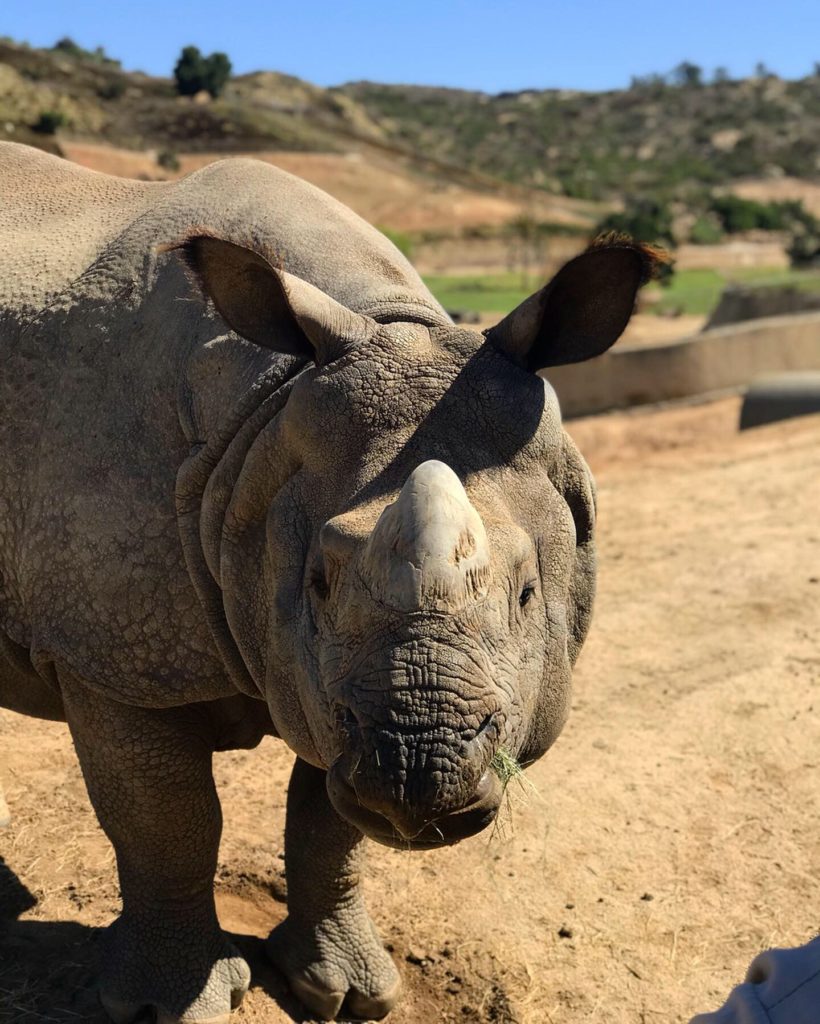
What does this have to do with cells? Well by storing living cells from endangered species we can not only grow cells for genetic and evolutionary studies, but we can also generate gametes (sperm and eggs), which can then be introduced into a population, just like introducing a genetically valuable crow. The benefit of this conservation method lies in the potential immortality of frozen cells, providing a genetic resource that can be used long after the original animal has died. Although a large amount of the technology required is still in the development phase, without the frozen cells required this technology will be of little help in conserving species.
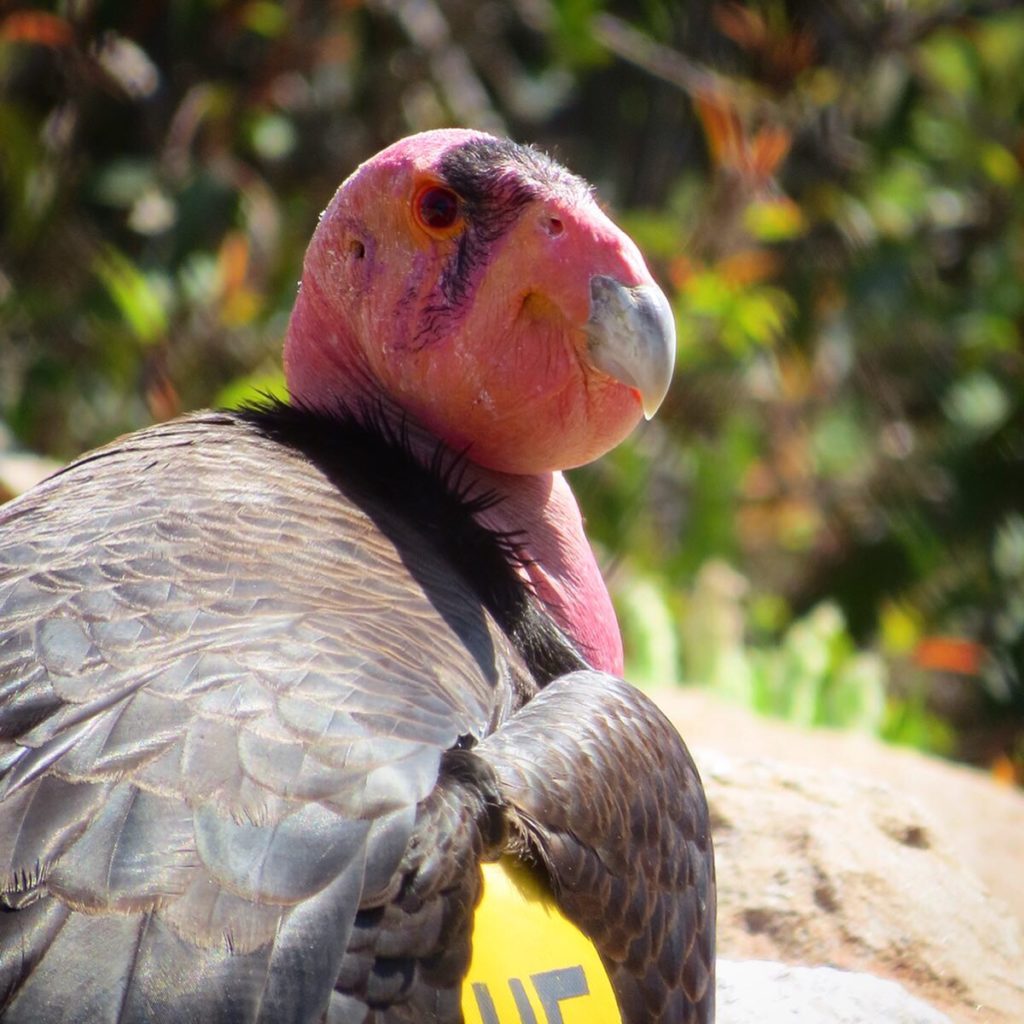
The largest collection of frozen living cells is housed at the Frozen Zoo© in the San Diego Zoo Institute for Conservation Research. Since 1975 the Institute has been collecting tissue samples from living animals and generating living cell lines for storage. To date approximately 10,000 cell lines have been stored from approximately 1,000 species.
Thanks to the Fulbright Commission I got the opportunity to travel to San Diego and spend five months at the Institute for Conservation Research, working with Dr. Oliver Ryder and Dr. Marlys Houck. My role at the Frozen Zoo© was to characterize the current samples held and assess just how many species were represented among these, something which had yet to be assessed. From here our goal is to try and prioritise species currently not represented and identify opportunities for future sample collection. Which species should we choose next? Should we put our efforts into species on the brink of extinction or focus on more abundant species with a greater chance of success?
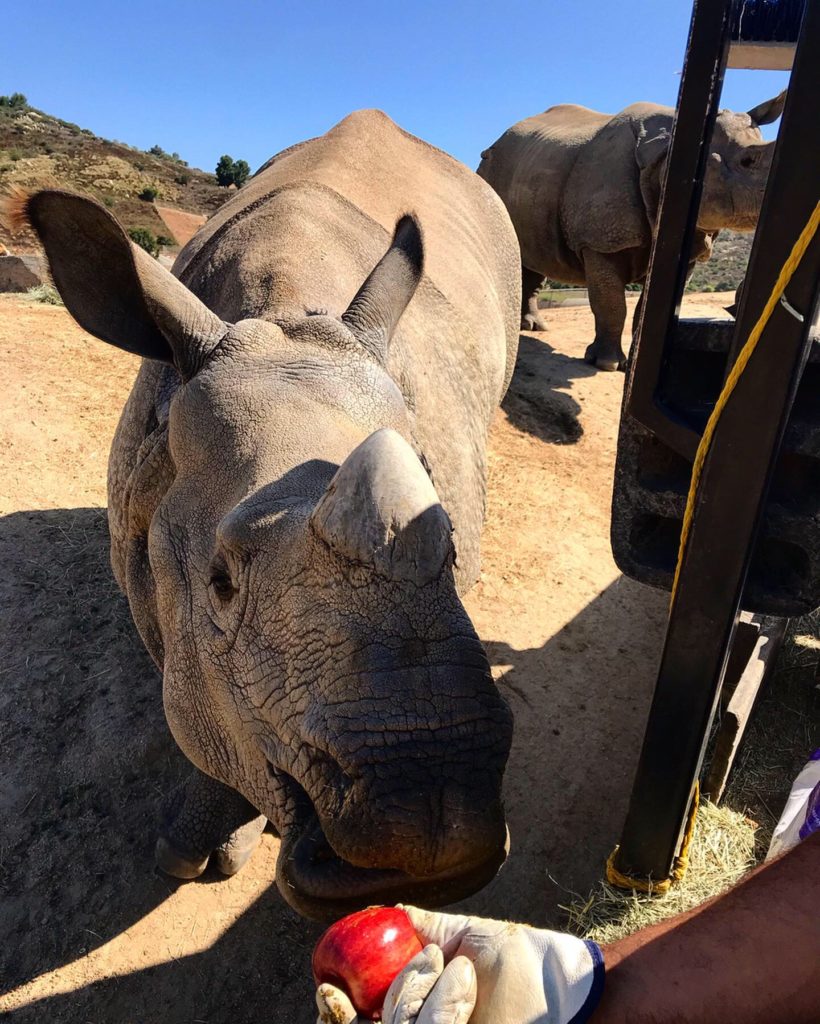
Perhaps an even greater question is where are we going to get all these samples? We cannot trek to every corner of the planet in the hopes of finding every threatened species, but it turns out we don’t have to! The global zoo and aquarium community holds one in seven threatened species already, an untapped genetic resource for global biobanking efforts. Species360 operates the Zoological Information Management System (ZIMS), a real-time global inventory of more than 1100 zoos and aquariums in 96 countries. As part of the Species360 Conservation Science Alliance, under the guidance of Prof. Dalia Conde, we are working to transform these global shared zoological records, encompassing more than 22,000 species, into conservation and management action. In this case this means identifying opportunities for sample collection for biobanking efforts globally.
Unfortunately, we can’t share our results just yet, but we hope to showcase the immense potential of biobanking as one component of the conservation toolkit moving forward. This is supported by a resolution by the World Association of Zoos and Aquariums that was launched in at their 2018 annual meeting in Bangkok, where they urged the global zoo and aquarium community to commit themselves to the global effort to biobank biodiversity before we lose it. Although the Frozen Zoo© is impressive, we need many more institutions to take the lead and invest in their very own biobanks. Now WAZA, Species360, IUCN CPSG, Taipei Zoo, Wild Life Reserves of Singapore and San Diego Zoo, will meet in 2020 to start a global biobank initiative.
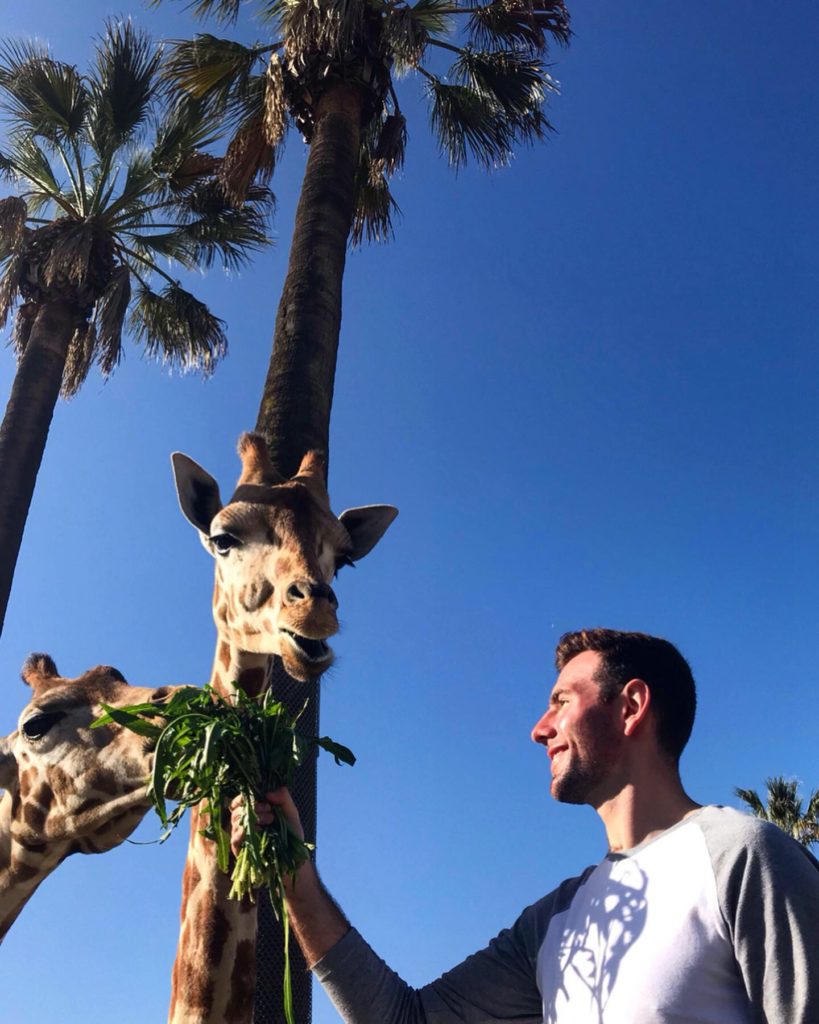
To find out more about Andrew’s research, follow him on Twitter and Instagram at @andymooney13.

